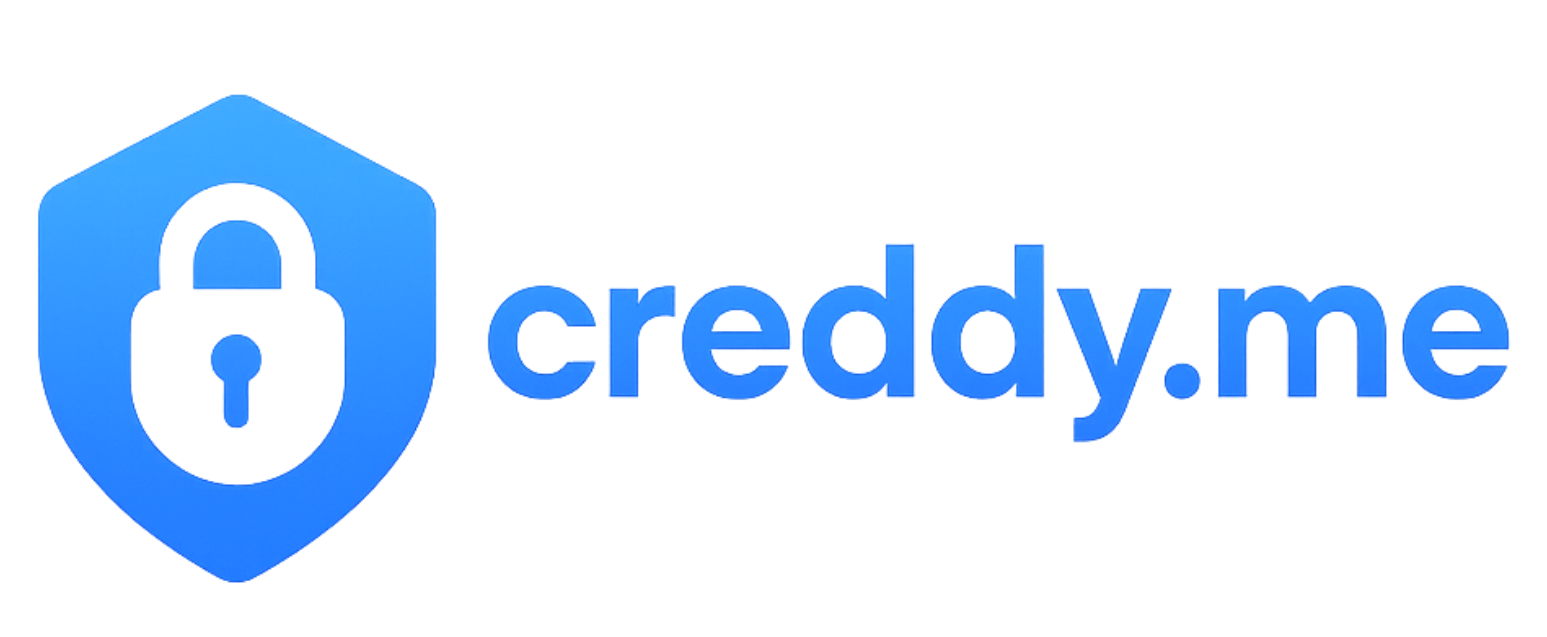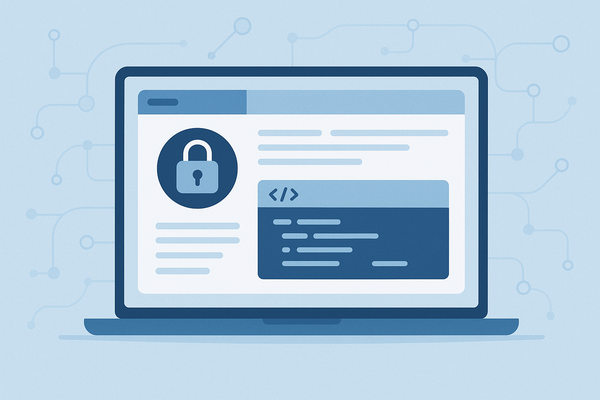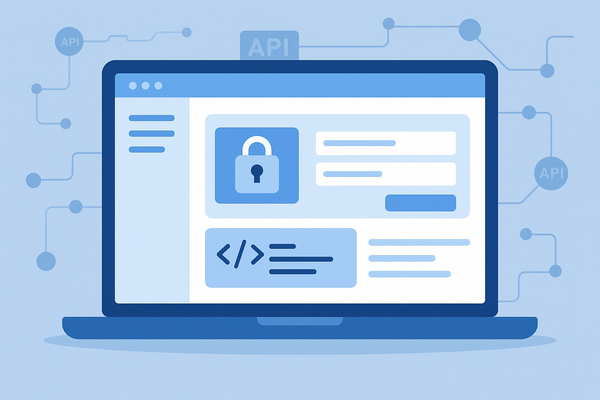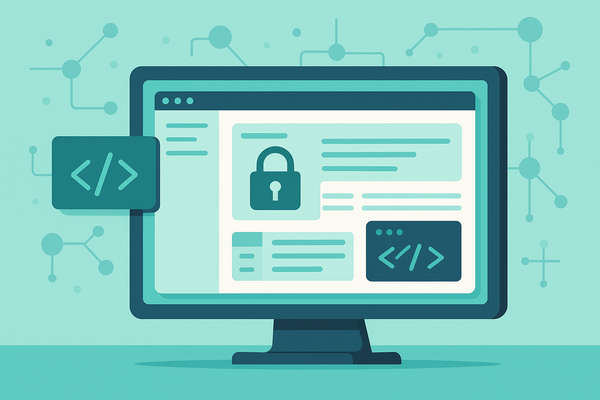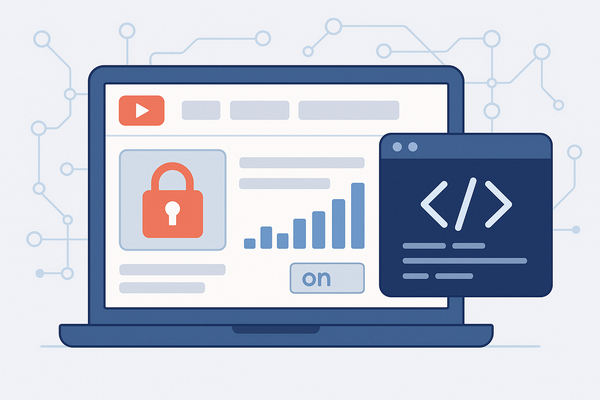How to Generate Calendly OAuth 2.0 crendentials: Step-by-Step Setup Tutorial
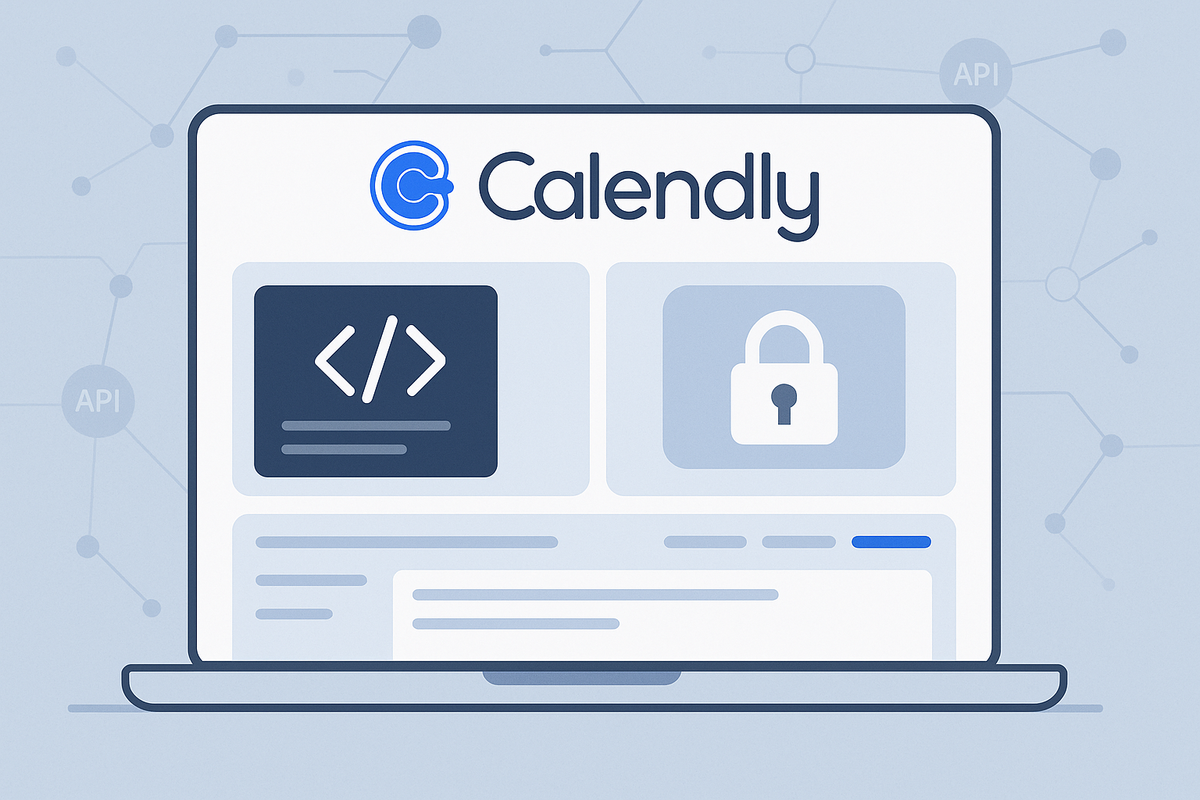
How to Generate Calendly OAuth 2.0: Step-by-Step Setup Tutorial
Ever been stuck staring at Calendly's developer documentation, wondering how to get started with their API? You're not alone! Many developers and entrepreneurs hit this same wall when trying to integrate Calendly's powerful scheduling features into their applications. Here's the thing that often confuses people: while we often talk about getting a "Calendly API key," what you actually need is OAuth 2.0 credentials. Think of it like having a special VIP pass instead of a regular ticket – it's more secure and gives you better access to all the features you need. Don't worry though, the process is straightforward once you know the steps, and we'll walk you through everything you need to get your Calendly integration up and running.
What's a Calendly OAuth 2.0? (The Simple Version)
Think of OAuth 2.0 as your digital handshake with Calendly – it's a secure way for your application to connect with Calendly's servers without exposing sensitive information. Instead of using a simple password that could be easily compromised, OAuth 2.0 creates a special token that acts like a temporary, renewable key.
Here's what your Calendly OAuth 2.0 credentials will let you do:
- Access user scheduling data and availability
- Create and manage calendar events programmatically
- Retrieve meeting information and attendee details
- Set up automated workflows with scheduling triggers
- Build custom scheduling interfaces for your users
The beauty of OAuth 2.0 is that it's both secure and flexible – users can grant specific permissions to your app without sharing their actual login credentials.
Ready to Generate Your OAuth 2.0?
Let's dive into the step-by-step process. This tutorial will show you exactly where to click and what to fill in to get your credentials set up properly.
Pro tip: As soon as you generate your credentials, copy them to a secure location. You'll need both the Client ID and Client Secret for your integration!
Why Would You Want This OAuth 2.0 Anyway?
The 'Aha!' Moments:
🔥 Automated Booking Confirmations
User books meeting → Your app receives webhook → Automatically sends custom confirmation email → Updates your CRM → Triggers team notifications
📊 Smart Scheduling Analytics
Meeting gets scheduled → Your app pulls meeting data → Generates usage reports → Identifies peak booking times → Optimizes your team's availability
🎯 Custom Scheduling Workflows
Lead fills out form → Your app checks Calendly availability → Suggests optimal meeting times → Books appointment → Adds lead to nurture sequence
💼 White-Label Scheduling
Client visits your website → Uses your branded booking interface → Connects to Calendly backend → Seamless experience with your branding throughout
Real-World Integration Examples:
- Zapier - Create automated workflows between Calendly and 3,000+ other apps
- Salesforce - Sync meeting data with your CRM and trigger follow-up sequences
- Slack - Get real-time notifications when meetings are booked or cancelled
- HubSpot - Automatically create deals and contacts from new bookings
- Zoom - Generate meeting links and sync video conference details
Keep Your OAuth 2.0 Safe (It's Easier Than You Think)
Your OAuth 2.0 credentials are valuable, but keeping them secure doesn't have to be complicated. Here are the golden rules:
- Never commit credentials to version control - Use environment variables or secure config files
- Store them in a secure location - Use a password manager or secure key management service
- Rotate credentials regularly - Set a reminder to refresh them every 6-12 months
- Use HTTPS everywhere - Make sure all API calls happen over secure connections
Quick Test: Once you've got your credentials, try a simple API call to verify everything's working before building your full integration.
The Professional Way to Collect Client Credentials
"Hey, I need your Calendly OAuth credentials to set up the integration."
"My what? Can't you just use my username and password?"
"Well, it's more complicated than that..."
Sound familiar? If you're a service provider, you've probably had this conversation more times than you'd like to count. What if there was a better way?
Instead of sending lengthy tutorials or jumping on screen-sharing calls, imagine simply sending your client a link. They click it, securely connect their Calendly account, and boom – you have the credentials you need. No confusion, no back-and-forth emails, no frustrated clients.
That's exactly what Creddy.me does. You create a credential request, send it to your client, and they can securely share their OAuth credentials with you in minutes, not days. It's like having a professional credential collection system that makes you look like the expert you are.
What's Next?
Congratulations! You now have your Calendly OAuth 2.0 credentials and you're ready to start building some amazing integrations. The possibilities are endless – from simple booking notifications to complex scheduling workflows that save hours of manual work.
Remember, if you're working with clients and need to collect credentials regularly, Creddy.me supports over 200 platforms and can make your life significantly easier. Why not give it a try?
2024
